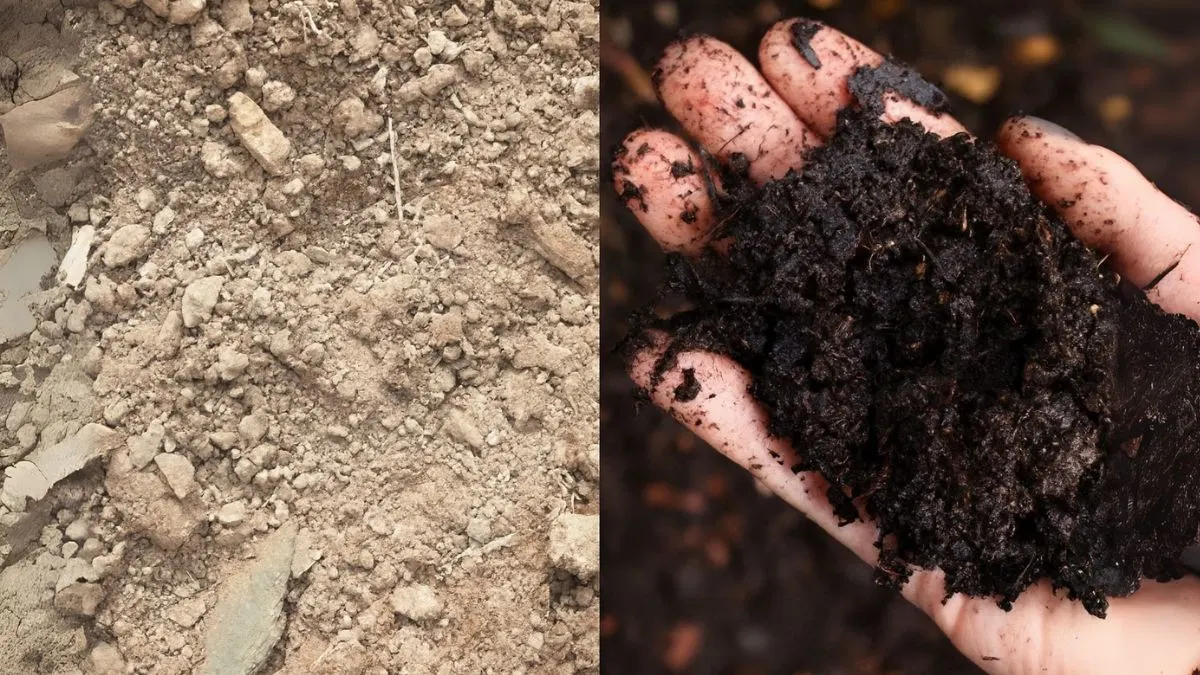Few garden flowers combine elegance and simplicity like the Cosmos. With their feathery foliage, vibrant colors, and ability to thrive in poor soil, they have become a favorite in gardens across Canada, the USA, and many parts of the world. Best of all, Cosmos flowers need less maintenance compared to many other blooms, making them a top choice for both new and seasoned gardeners.
In this guide, I’ll share not only research-backed growing tips but also my own experience of cultivating cosmos in my backyard. From sowing seeds to watching them bloom in full sun, every stage feels rewarding.
Why Cosmos Flowers Are Special
Cosmos are annual flowers native to Mexico and South America, but they’ve gained immense popularity across the globe. Their daisy-like blossoms appear in shades of pink, purple, white, yellow, and even deep red.
What makes them unique is their resilience. Even in average or poor soil, cosmos thrive with little care. All they really need is sun, warmth, and space to spread their delicate petals.
Starting Cosmos From Seeds
- When to Plant
For best results, plant Cosmos seeds indoors about 4-6 weeks before last frost. Starting indoors ensures stronger seedlings that can withstand the unpredictable spring weather in North America.
I’ve tried both direct sowing and indoor planting. While direct sowing works, the indoor method gave me a head start, allowing my plants to bloom earlier in the season.
- How to Plant
-
- Fill seed trays with lightweight potting soil.
- Place the seeds about ¼ inch deep.
- Keep soil moist until germination, usually within 7–10 days.
- Once seedlings grow a few inches tall, harden them off before transplanting outdoors.
Also Read: Game‑Changing Reasons to Plant Sunflowers This Season
Choosing the Right Spot
The number one rule with cosmos? Choose a sunny spot—cosmos love heat and light. These flowers aren’t shy about soaking up the sun. In fact, cosmos flower best when planted in full sun and in free-draining, average garden soil.
When I planted cosmos along the edge of my vegetable garden, they not only thrived but also attracted pollinators, boosting the yield of my tomatoes and cucumbers.

Soil and Water Requirements
You don’t need to fuss over fertilizing cosmos. Too much fertilizer actually reduces flower production. Instead, focus on providing ample sunlight, well-draining soil, and minimal watering once established.
Overwatering is a common mistake. Once my cosmos matured, I switched to watering only during long dry spells, and the plants responded with healthier blooms and stronger stems.
| Requirement | Ideal Condition |
| Sunlight | 6–8 hours daily |
| Soil | Free-draining, average garden soil |
| Watering | Light; minimal once plants mature |
| Fertilizer | Rare; too much reduces blooms |
Also Read: 8 Shockingly Easy Foods You Can Grow in Mason Jars
Caring for Cosmos Throughout the Season
- Minimal Maintenance
One of the biggest joys of growing cosmos is how low-maintenance they are. Truly, cosmos flowers need less maintenance compared to other ornamentals. Deadheading (removing faded flowers) encourages continuous blooming, but even if you skip it, cosmos still put on a long show.
- Height and Support
Depending on the variety, cosmos can grow between 1 to 6 feet tall. Taller varieties sometimes require staking to prevent them from toppling over in strong winds.
- Companion Planting
Cosmos are also excellent companion plants. Their blooms draw pollinators like bees and butterflies, which benefits nearby vegetables and herbs.
Popular Cosmos Varieties
Here are a few varieties you can try in Canada, the USA, or anywhere around the world:
- Cosmos bipinnatus: The most common variety, featuring pink, purple, and white blooms.
- Cosmos sulphureus: Known for its fiery yellow and orange flowers, perfect for summer gardens.
- Chocolate Cosmos: Unique dark-red flowers with a faint chocolate scent—ideal for adding a dramatic touch.
Common Mistakes to Avoid
- Overwatering – Cosmos dislike soggy soil. Stick to minimal watering once they are established.
- Too much fertilizer – Encourages foliage but reduces flowers.
- Planting in shade – They may survive but won’t thrive. Always remember: choose a sunny spot—cosmos love heat and light.
Personal Experience
Last summer, I dedicated a small sunny patch in my backyard to cosmos. I started with seed trays indoors, carefully transplanting them outdoors in early May. Within weeks, I had a thriving patch that became the highlight of my garden. Neighbors often asked what the secret was, and I would smile, knowing it all came down to well-draining soil, sunlight, and minimal care.
Also Read: Why Gardeners Always Plant Garlic in September: A Practical, Proven Guide
Learning how to grow and care for colorful Cosmos flowers is simple and rewarding. From planting Cosmos seeds indoors about 4-6 weeks before last frost to remembering that cosmos flower best when planted in full sun and in free-draining, average garden soil, the process is beginner-friendly.
Most importantly, cosmos reward you with vibrant blooms while demanding little in return. With a focus on providing ample sunlight, well-draining soil, and minimal watering once established, you can enjoy a season-long display of one of the most carefree flowers in the gardening world.
So, if you’re ready to brighten up your garden with minimal effort, it’s time to welcome cosmos into your flower beds!



